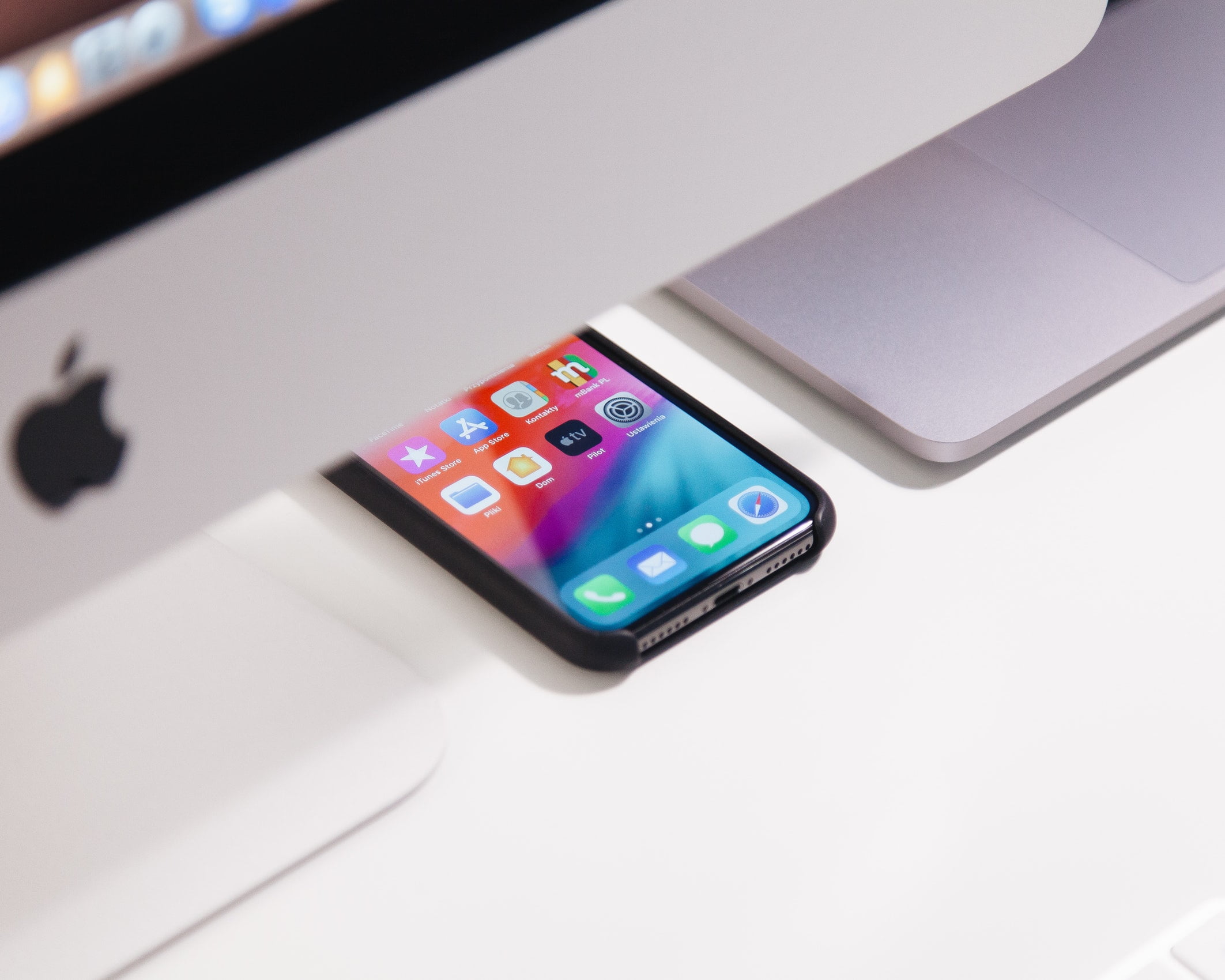Streamlining Your Social Media Strategy Using Gary Vee’s ’79/21′ Rule

A perfectly streamlined social media strategy makes up for a solid marketing game plan.
Social media is a constantly evolving aspect of marketing and online life. And if there’s one thing that your business should be munching on, it’s this very platform. But there’s one common mistake that brands do, and that’s focusing on one social media platform that works for them.
We’ve heard it all. “Oh, I’m good with Facebook. I don’t see the need for building a YouTube channel or being an active voice on Twitter. We don’t need it.” Sure, you might be experiencing staggering results on Facebook, but that’s a red herring. I’m not saying that it’s bound to crumble soon (if you fail to scale it properly, you will), but there’s more to social media than Facebook ads, promoted posts, and brand awareness campaigns.
Our favorite motivator, Gary Vaynerchuk, recently shared a technique that “diversifies attention” across all social media platforms. It’s called the 79/21 rule, and if you dive deeper into it, the technique makes a lot of sense.

GET YOUR ASS ON AS MANY PLATFORMS AS YOU CAN
It might seem a lot of work, especially if you’d need to manage and maintain all these accounts in one sitting. But if you want to have a diverse platform that hits different demographics at the same time, Gary Vee recommends being on every single social media platform available.
Vaynerchuk’s known for jumping on a new social media platform’s ship as soon as it sails. That’s how he won a massive audience in each native platform. It’s a tedious feat, but it’s very doable. You just need to figure out and draft a definite plan on how you should get started.
Vaynerchuk says, “if you’re not diversifying your social media strategy, you’re vulnerable.” How so? A drawback of when you’re already making it big on one platform is the tendency to be complacent. Just look at the example statement above. You’re good, so why bother? As the saying goes—if it ain’t broke, don’t fix it.
But if you follow the 79/21 rule, being on all these social platforms isn’t so hard once you get right to it.

SO HOW THE FUCK DOES THIS RULE WORK?
First off, this rule is basically the 80/20 rule, but it makes up for the real effort and time you put into it, hence the revamped name. The way it works goes like this:
Spend 79-80% of your time and effort on your strongest social media platform. So let’s say it’s Facebook. Allocate that percentage there and do whatever the fuck you’ve been doing that works wonders for your campaign.
And then, you have to use 20-21% on platforms that you’re not yet big on. This includes Twitter. Snapchat (yes, it’s still around, people), LinkedIn, Vero, TikTok, and so on. Now, within these platforms is another priority. If you spend enough time on these areas, you’ll get a feel of the next strongest platform for you.
As you practice the 79/21 rule, you’ll notice that your 79% and 21% will differ along the way. You can figure out from your experiment that Instagram is your next big platform, so you can elevate that to your 79% and Facebook as part of the 21%. This goes the same for the other social media platforms.
But consider this—just because being the first on every new social media platform worked well for Vaynerchuk doesn’t mean that this should be your strategy. That’s missing the point entirely. Although it helps to be the first, it’s best to devote time and effort to where you’re strongest at and constantly streamlining that by giving different platforms your 79% from time to time.

BUT WHAT IF THAT PLATFORM DOESN’T HAVE ANYTHING TO DO WITH MY AUDIENCE?
That’s bullshit. There’s always a way to make yourself relevant in terms of context. LinkedIn is a professional social media platform, meaning it’s basically an online resumé. Vaynerchuk advises reverse engineering of the audience. “If you’re making t-shirts, what kind of premium product can you make for business people? How could you take your product and create content around it contextual to a business-world?” he says.
And if you think that it’s repetitive to have both Instagram and Snapchat at the same time, Vaynerchuk begs to differ. When people call a social media platform “dead,” that doesn’t mean that it’s not going to work from here on out. As long as there’s no sufficient data that supports their being dead, or a press release from the company that says they’re closing the platform down, there’s still a way to gain an audience in the platform.
“People said Twitter’s dead, then it started getting more important,” Gary Vee says. “Several years ago, people never thought you could create content on LinkedIn, then things started changing in the last year or so.”
So the bottomline here is to have a streamlined social media strategy so you can “diversify your audience” effectively. After all, having a voice on all platforms does translate to being omnipresent, right? RIGHT? No? Don’t think so? Whatever, dude. Agree to disagree.




Leave A Comment